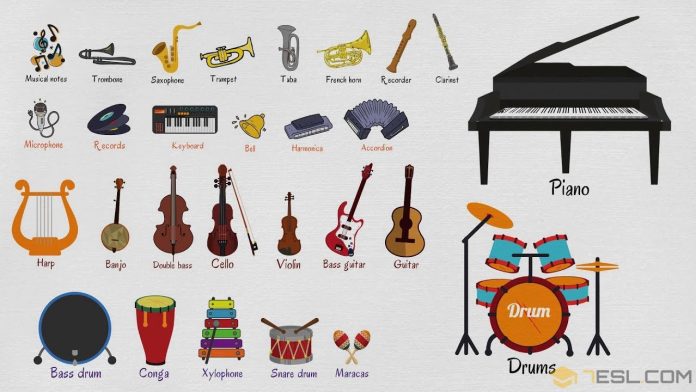Learning to play a musical instrument can be an exciting and rewarding experience. Yet it is not just about making sounds, but a way to express feelings and connect with others. Whether strumming strings, pressing keys, or blowing into an instrument, it unlocks creativity and self-expression. Playing teaches patience and discipline, but most importantly, it brings joy and fulfilment, especially when playing with other musicians.
Starting out in music is thrilling, but for beginners, the number of musical instruments to choose from can feel overwhelming. But there are plenty of instruments designed with beginners in mind. Whether individuals prefer rhythmic beats or soulful melodies, there is something for everyone.
“It’s never too late to learn to play a musical instrument, or to take up a second if you already play one,” says James Whitten, Marketing Manager at musicGuard.
Wanting to learn to play a musical instrument as a beginner can feel like navigating a maze of options. Leading music insurer musicGuard discusses most beginner-friendly options to help individuals start their musical journey with confidence.
Keyboards and pianos
Keyboards and pianos feature black and white keys. While they span three or four octaves from A to G, keyboards offer simplicity in music creation by pressing keys in sequence. Beginner keyboards often have inscribed notes and letters next to musical notations for easy learning.
However, their large size makes pianos impractical for many spaces, and keyboards, while offering space-saving alternatives, can be bulky for transportation. Because of this, they are best suited for home practice or for those with plenty of transportation space.
Woodwind instruments
Woodwind instruments are popular because they are affordable, portable, and easy to learn. They’re played by controlling airflow through holes in the instrument’s tube, powered by the player’s breath. Learning wind instruments involves reading music and coordinating finger movements to control airflow for different notes, improving hand-eye coordination and fine motor skills. Woodwind instruments vary in difficulty, with recorders being simpler and oboes more challenging.
Stringed instruments
From guitars to violins and everything in between, stringed instruments are intricate and finely crafted. Often handmade, these instruments are delicate, with each possessing a subtly distinct tone. This is why certain violins, for instance, can cost millions of pounds.
Meanwhile, electric guitars are more durable and can withstand rough handling by rockers, but they still require precise tuning for optimal sound quality. Learning to play stringed instruments differs depending on the instrument, but most require coordination, which can be challenging. Mastering a stringed instrument is a significant achievement to take pride in.
Percussion instruments
Percussion instruments come in various forms, from basic stick tapping to sophisticated drum sets, including compact electronic drums with powerful sound. For many, drums are the most enjoyable, uplifting and engaging musical instrument. However, mastering drums involves more than just hitting sticks; it requires coordination and intense concentration.
“Our mission at musicGuard is to support musicians at every stage of their journey, from promising beginners to seasoned professionals” adds Whitten.
Discover beginner-friendly musical instruments on:
https://www.musicguard.co.uk/best-instruments-for-beginners
If you like our content, join us in helping to bring reality and decency back by SUBSCRIBING to our Youtube channel: https://www.youtube.com/channel/UCQ1Ll1ylCg8U19AhNl-NoTg AND SUPPORTING US where you can: Award Winning Independent Citizen Media Needs Your Help. PLEASE SUPPORT US FOR JUST £2 A MONTH https://dorseteye.com/donate/







